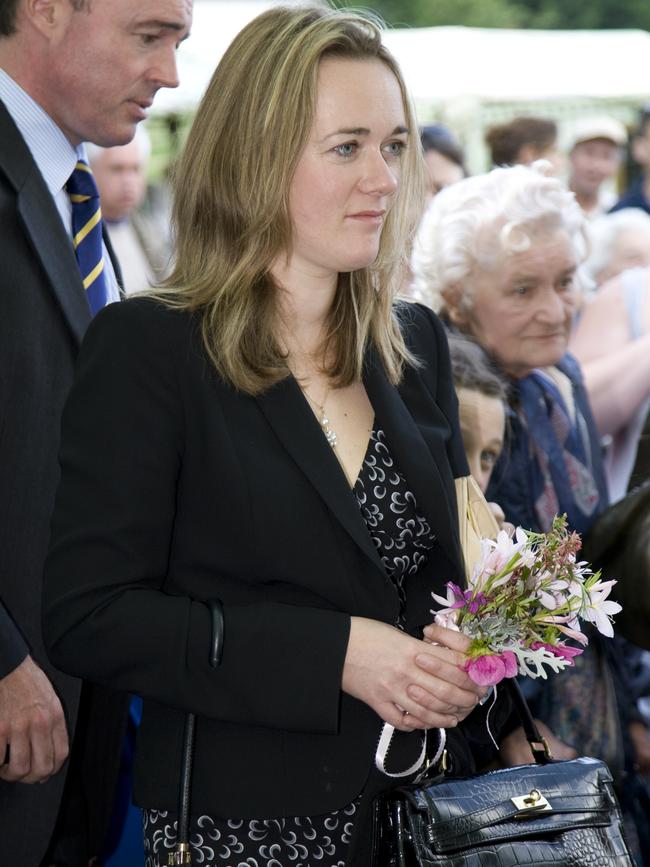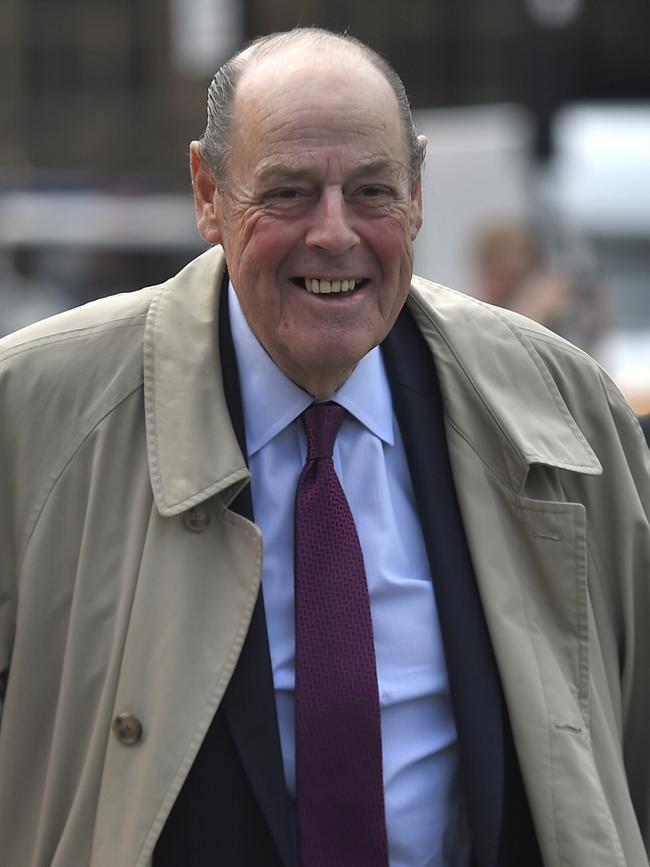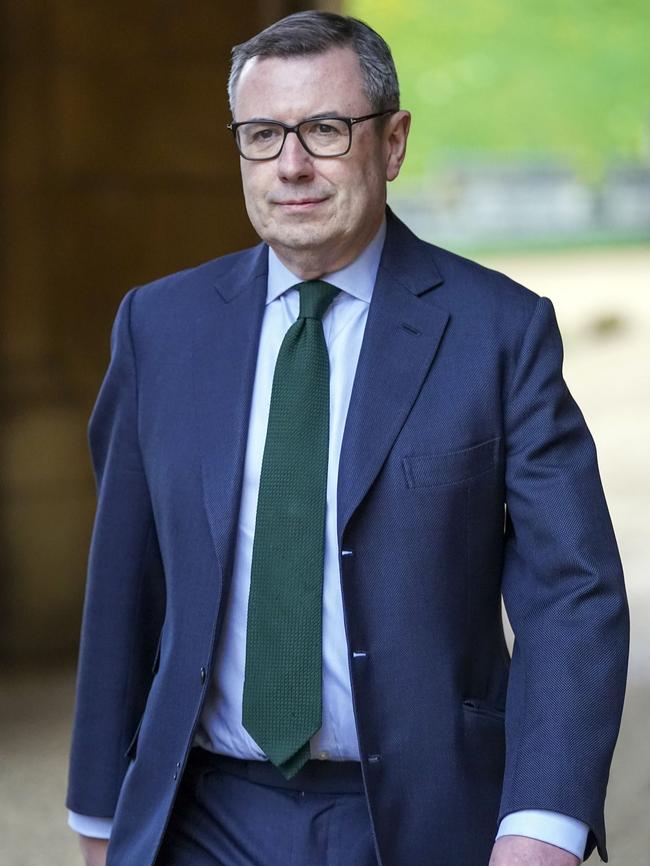King Charles’ early success down to his winning team
The inner circle of the new king could help make – or break – his reign. See who he and Queen Consort Camilla have on their team.
World
Don't miss out on the headlines from World. Followed categories will be added to My News.
His speeches are being dubbed some of the most powerful ever made by a monarch and have
changed public opinion about him almost overnight.
Not just for their stirring content, but the fact King Charles III wrote them himself.
In his first televised address to the world, Charles went from being the slightly-maligned heir-in-waiting, to a calm, experienced – and more importantly, loving – statesman, stepping seamlessly into the beloved monarch’s shoes.
His speeches set the tone for what we can expect from his reign – a combination of genuine emotion alongside experience and gravity.
Former PM Gordon Brown said Charles’ impromptu walkabout, greeting crowds at Buckingham Palace on the day of his official proclamation, signalled his new style.
“That was a signal that he was sending that he wanted people to feel that he was approachable,” he told the BBC.

Much of this is down to his team, who – like the King – have been working on his accession for years. Charles has a trusted and close team of aides, led by his private secretary Sir Clive Alderton.
The former diplomat and ambassador has worked with Charles and Camilla for years – first as deputy private secretary, then returning as private secretary, a position he has held since 2015.
Alderton’s skills of charm and diplomacy are key to Charles’ seamless transition and he has been central to proceedings throughout the week, such as the Accession Council ceremony on Saturday. He was seen co-ordinating this alongside Peter St Clair-Erskine, Earl of Rosslyn.
The former Met Police Commander has worked as Master of the Household at Clarence House since 2014 and is known as the man who organises everything and everybody behind the scenes.


Who isn’t there any longer is Michael Fawcett, the controversial former valet turned advisor to Charles who resigned as chief executive of the Prince’s Foundation last year amid a cash-for-honours scandal.
On Camilla’s team, meanwhile, is Sophie Densham, who has been her private secretary for over a decade.
It is expected the Clarence House trio will keep their roles as the King and Queen – and their new team – transition into Buckingham Palace over the coming months, whether Charles and Camilla set up home there or not, initially.
Charles has been vocal about his desire to slim down the monarchy – and its properties – so he has decisions about what to do with Clarence House.
Brown said we can expect a smaller and more informal monarchy under Charles.
“I think that what Prince Charles has already indicated is that the monarchy will be smaller. It’s going to be more like a Scandinavian monarchy in the future – but not in a bad way – more informal,” he said.


What it means for the Queen’s existing staff, will be revealed.
Unlike an incoming US President to the White House, the palace administration does not entirely change with each monarch (as the working headquarters of the monarchy, Buckingham Palace itself employs 450 staff, and only a small part of those are the monarch’s private secretaries).
“There is a fusion process where the two staff are resolved into one,” explains a source close to the households, “but Charles does have a strong core around him he will want to keep.”
Insiders tip Charles’ friend and grandson of Winston Churchill, Sir Nicholas Soames, may play a larger role.
“He has been very, very well prepared and prepared himself for this moment, which was always going to come,” Soames told The Evening Standard.
Other names being mentioned as key to Charles’ new court are William Shawcross, commissioner of public appointments, and close friend Charles Palmer-Tomkinson, father to the late socialite Tara.


The Queen’s former team is headed by her private secretary, Sir Edward Young, who is key to the transition, but it’s not clear what happens long-term. Some of her staff will inevitably retire, as many had been working alongside the Queen for decades.
One of those is Angela Kelly, the Queen’s dresser and personal advisor, who is also now out of a day-to-day role, although not a home, as she was granted a grace and favour house on the Windsor Estate. As Curator and Senior Dresser to the late Queen, Kelly will now be faced with archiving the monarch’s extensive wardrobe.
Whatever the future, for the moment, Team Charles is winning.
More Coverage
Originally published as King Charles’ early success down to his winning team





